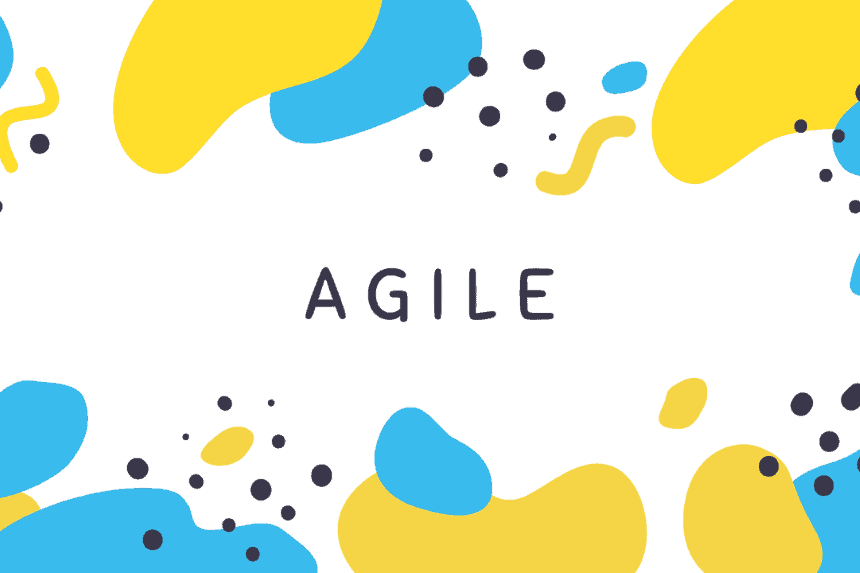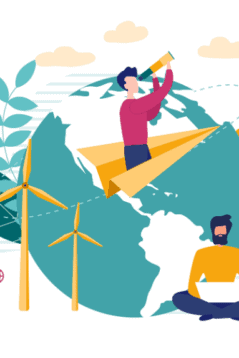We find a lot of changes in today’s business world and especially in the office design sector that were already seen as international trends, however regarded with the skepticism we instinctually have while facing a change. Both the agile working and the digitization trend were already contoured, but the pandemic context and the need to rapidly adapt to the new reality have forced the companies to react faster and accelerated this emerging trend.
But what exactly does ”agile”mean and how can the office space sustain this working style?
Well, an agile organization is one that adapts its processes and working style in order to be able to face a reality defined by the following VUCA characteristics: volatile, uncertain, complex, ambiguous.
An agile organization encourages the communication at all levels, offers teams autonomy, thus enabling them to prioritize, make decisions and face the arising challenges with more responsibility, promptitude and engagement. We can see, especially in the current post-pandemic context, the advantages of an agile organizational culture. Companies that used to work agile were able to adapt to the remote working conditions faster, without it affecting their internal processes or work flow in a significant way. They shortly began to reinvent their services and, last but not least, had the reaction time and flexibility to get involved in the community.
In order to better understand how an innovative office space can support the agile working style, we should look at the past (or maybe the present of many companies?) and see how traditional offices did not support the agile work style: few meeting rooms that were – most of the times – busy, gray walls and dull atmosphere, very little interaction with colleagues (because people are stuck at their office, have no options for meeting spaces and prefer to communicate by email or chat, rather than face to face), therefore the communication is segmented.
Instead, offices designed to support agility at work offer a variety of spaces that encourage ad-hoc meetings between team members, exchanges of ideas, spaces dedicated to teamwork, social spaces that support informal interactions, but also spaces adapted to the work processes in the organization: spaces for concentrated work, rooms for brainstorming or equipped to host virtual conferences, spaces for experiments or product presentations.
In general, when choosing to redesign their offices, companies want a space that meets as many of the team’s needs as possible. And when we say team, we refer to several categories of stakeholders who, generally, have very different expectations from a space. There is no design that will 100% satisfy everyone, but the goal is to reach a good compromise for as many people in the team and an arrangement that differentiates the company from the competition, ensures the well-being of employees at work , supports an organizational culture geared towards achieving goals and harmoniously combines people’s need for privacy / intimacy with transparency.
The key to designing an agile workplace?
Engagement. The most important effect of involving people in this whole creative process of designing their workplace is that it ensures an easier acceptance of change. By involving them throughout the project, people will feel more attached to the end result, because they will feel part of it. Thus, although, of course, at the beginning people will have very different tastes and preferences, in the end, they will all identify to some extent with the new office, they will find their place in the new context. Moreover, people get to identify better with their work, and this often leads to a better job, to increased performance. It is, after all, a democratization of the work style: people are part of the process, they are asked, they are given the opportunity to choose so that, in the end, they are in control of the space and the way they work (they choose when, where and how to work to be more efficient).


